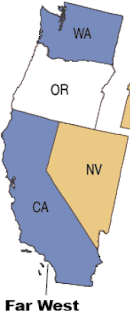Massachusetts General Hospital is the oldest and largest teaching hospital of Harvard Medical School. Opened as a public hospital in Boston in 1821, its 200 years of innovations include
- among the earliest users of surgical anesthesia
- identification of appendicitis
- establishment of the 1st medical social service
- 1st replantation of a severed arm.
Mass General has the largest hospital-based research organization in the country, with a $1 billion budget in 2019. Over 9,500 researchers work in over 30 programs. It receives more funding from the National Institutes of Health than any other independent hospital system. Their most well-known and unique programs include
- Wellman Center for Photomedicine (effects of light on health)
- Recovery Research Institute with its "Addiction-ary"
- Mass General Transplant Center
- Ragon Institute (infectious diseases and treatment)
Mass General was ranked #6 in U.S. News Best Hospitals report, and all 16 of its specialties were ranked.
- #2 in diabetes and endocrinology
- #2 in rehabilitation (at its Spaulding hospital)
- #3 in psychiatry
You can subscribe to three general research news publications
- Proto "Dispatches from the Frontiers of Medicine"
- Advances in Motion (for healthcare professionals)
- Bench Press (science news and discoveries)
| Explore memorable moments at Mass General |






